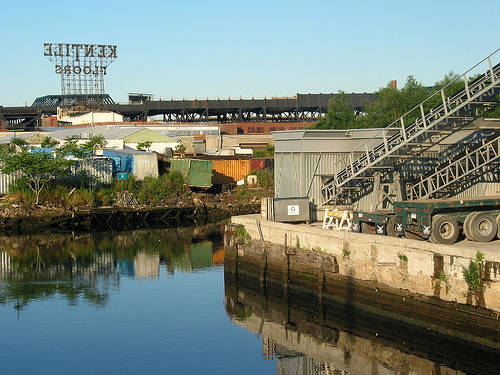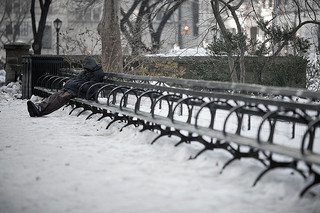Posted by Doug Turetsky, August, 13, 2013
There may be no greater unifier among New Yorkers than their aggravation with the city’s proclivity for ticketing and fining. Shopkeepers, motorists, dog owners, and a variety of other New Yorkers have reasons to believe that the city is trying to balance its budget by burying residents and businesses under a blizzard of tickets. While the city is knee -deep in tickets, it’s less clear that’s all about the money.
There’s no question that tickets bring in a lot of money for the city. The Bloomberg Administration estimates that fine revenues will total $812.5 million in 2014, up about $13 million from last fiscal year. While that’s about $300 million more than the city expects to reap from the hotel tax and about 13 times more than the city will bring in from the cigarette tax, fine revenue is actually down from a few years ago. In 2010, fines brought in nearly $830 million and in 2012 almost $855 million.
Much of the city’s fine revenues come from a single source: parking tickets. The Mayor expects the city will collect $518.2 million in revenue from parking tickets this year, about $34 million more than last year when Hurricane Sandy forced the city to suspend some parking regulations for a while and city workers who typically focused on issuing parking tickets were redeployed to direct traffic. Yet even with the increase in parking ticket revenue expected this year, the total is about $50 million less than the roughly $568 million generated in both 2011 and 2012.
But it’s not just the amount of money raised from tickets that gives New Yorkers that overburdened feeling. It’s also the sheer number of things for which New Yorkers can be fined and the volume of tickets issued. Despite the Sandy-imposed hiatus, nearly 7.4 million parking tickets were written last year. A quick review of documents from the Environmental Control Board, the city agency responsible for adjudicating many types of tickets (other than parking), makes plain just how many different kinds of infractions there are and how many tickets are written besides for parking.
Under the heading of Park Rules there are about 50 different types of violations—from “unauthorized assembly” to “unauthorized possession of a garden tool or plant.” Of course, being in a park after it’s closed or failing to pick up after your dog can also get you a fine. There are even more ways to be ticketed under the heading of Recycling Sanitation Collection. Among the roughly 80 infractions are “failure to bundle newspapers/magazines/cardboard” in a building with nine or more units and “failure to post comingling notice.”
For these and dozens of other types of violations, the Environmental Control Board adjudicated more than 464,600 tickets in fiscal year 2013. That may seem like a lot, but it’s actually down by nearly 100,000 from 2012. Violations that are related to sanitation and recycling account for more than half of the total number of these tickets—nearly 270,000 in 2013 and 345,600 in 2012.
The number of tickets written for various infractions can vary widely. Take for example two issues that infuriate some New Yorkers: street vendors and noise. Street vendors are frequent recipients of tickets. Street food vendors received more than 12,800 tickets last fiscal year, although down from nearly 14,000 in 2012. These numbers don’t include the increasingly popular food trucks, for which there are special set of violations along with those for restaurants. Street vendors hawking general merchandise were ticketed nearly 1,800 times last year and more than 2,600 the year before.
Conversely, noise elicits relatively few tickets. Last month, The New York Times dedicated 3,242 words to the problem of noise in the city. That’s far more words than the combined total of 461 tickets issued under the heading of Noise in the control board reports covering 2012 and 2013. New Yorkers who seethe over the use of cell phones by audience members at the movies, plays, or concerts may be glad to know that there is an infraction on the books aimed at discouraging such annoyances. But only three tickets were issued for irritating cell phone use at public performances last year.
A 2010 Crain’s story highlighted the burden many small business owners felt from a bevy of fines. But the article also acknowledged the role fines play in deterring behavior that can threaten public health and safety.
While some New Yorkers may think that all this ticketing is just a way to stuff the city budget with additional cash, a 2003 IBO report found that enforcing city health and safety rules are actually a money loser. Only parking tickets generated more in revenue than it cost to enforce regulations and collect parking-related fines. In most other cases the costs of enforcement and collection far outweighed the revenues collected.
Take the thousands of tickets issued to street vendors as an example. An IBO report found, as did a more recent news story, only a small share of the fines are actually collected—not a surprise since fine levels are so out of proportion to the incomes generally earned by vendors. The ticketing may have more to do with public policy and efforts to deter certain behavior or control public space than raising revenue.




